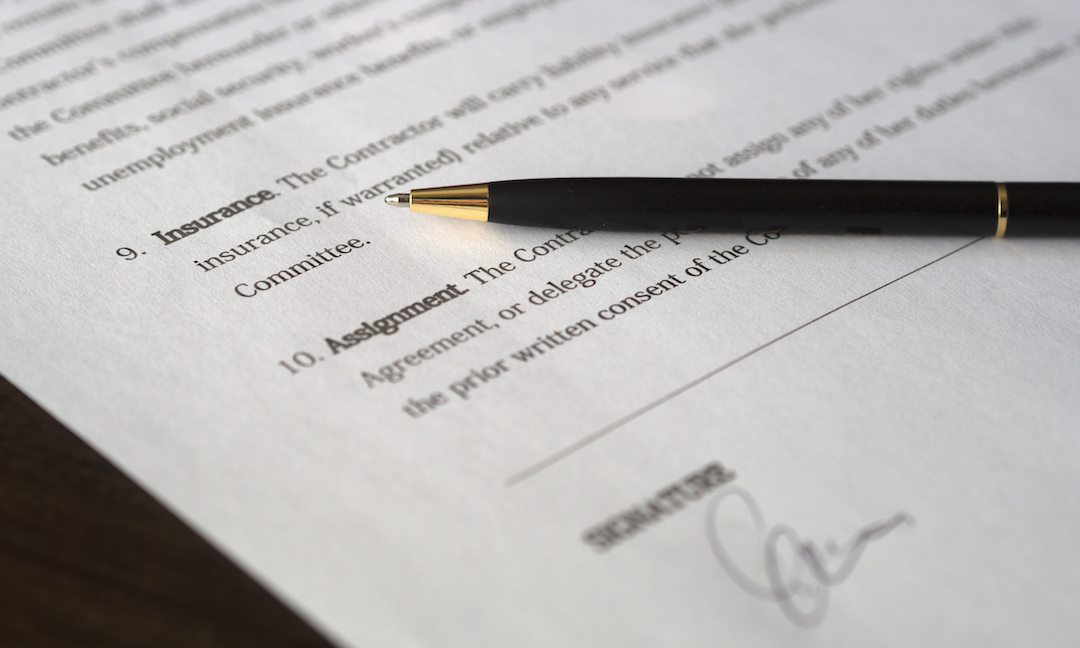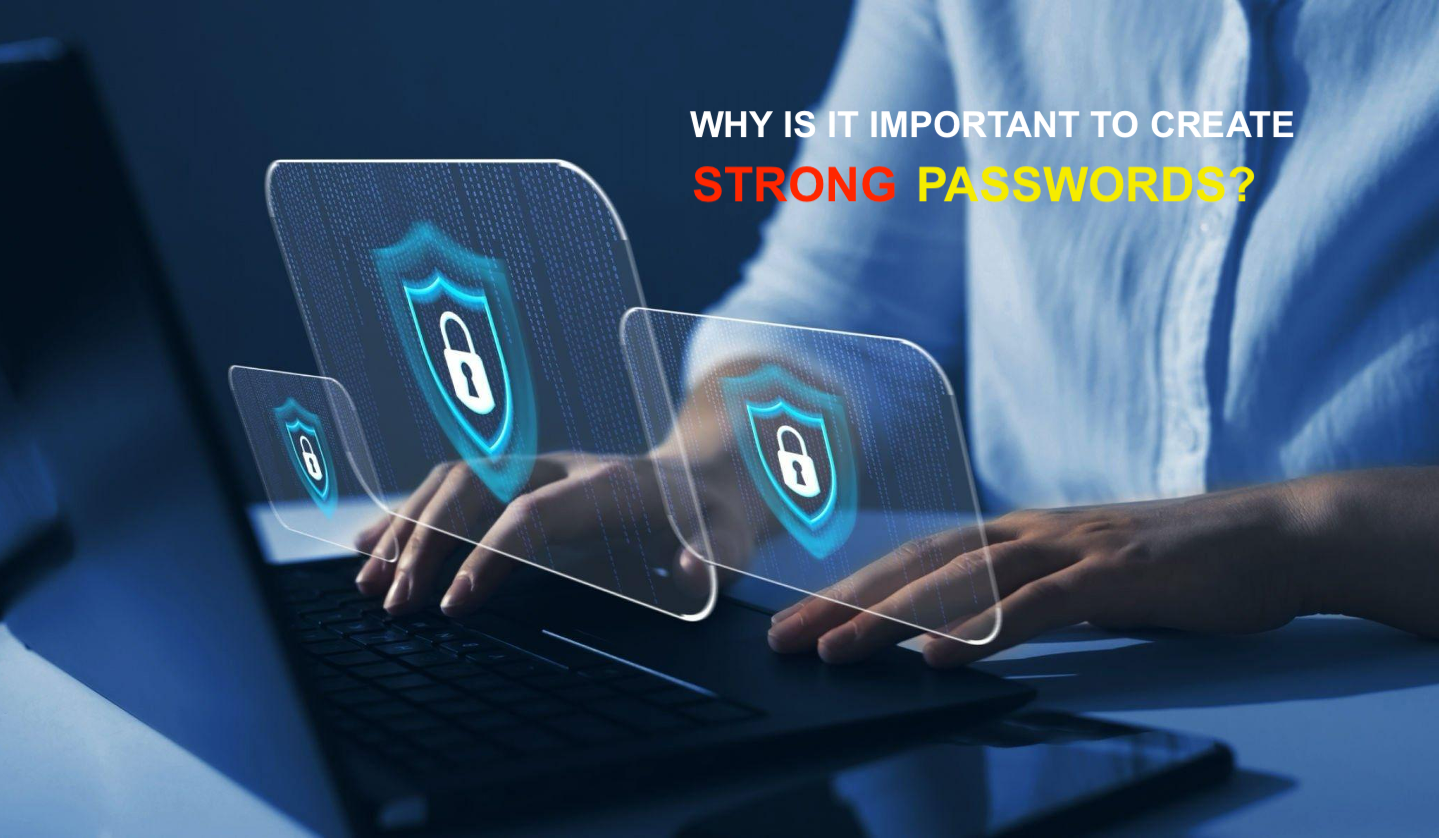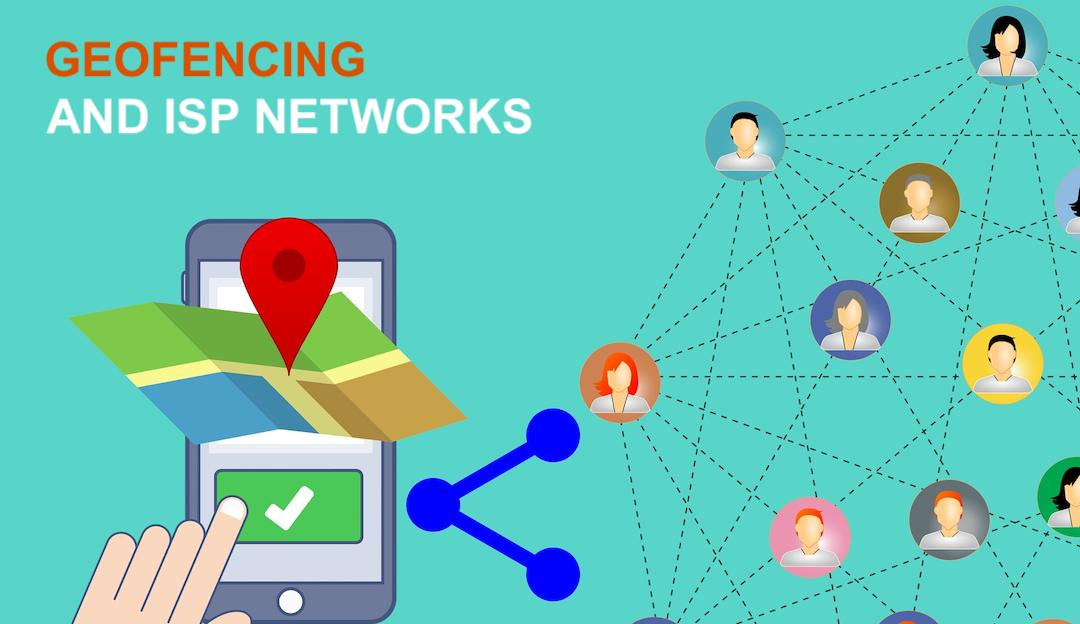
In the modern digital age, documentation holds importance. Digital document verification can be easily done by automated tools at a large scale. Document forgery can result in financial losses to the business, and it can be reduced or prevented by some techniques and advanced technology. Document forgery detection is important to minimize any financial crime or theft.
How Does Document Forgery Detection Work?
Document detachment works with advanced technology, expert analysis, and visual scrutiny. There are many methods to detect fraud and manipulation in the documents. Analyzing it using advanced technologies like image processing, ink processing, and handwriting checks. However, techniques like chemical checks, digital analyses, and paper patterns are used to authenticate by utilizing online document verification services.
Ways to Detect Forgery from Documents
Detecting fraud can be done using advanced techniques and new approaches that may analyze fraudulent activity or any human error. Here are some ways to detect fraud in documents using advanced technology:
- Visual Identification: This technology is utilized to inspect the visuals and patterns of the handwritten document.
- Microscope Examination: To check the writing, spaces, and text font in order to detect if the document is not false but in its original form.
- Digital Analysis: Digital watermarking and encryption are the best ways to verify the authenticity of documents.
- Blockchain Technology: Enhances trust and prevents any kind of threat or financial fraud, by analyzing tiny things in the documents and the image text.
- Multifactor Authentication: Using multiple techniques to process document forgery detection will help more to detect and find out any modified activity.
- Forensic Document Examination: Forensic examination follows various ways to examine documents, such as ink characteristics, paper patterns, and physical examination, for accurate results.
Uses of Technologies for Document Forgery Detection
Technologies play an important role in detecting any fraud within documents. It brings accuracy, efficiency, and transparency to the verification process There are various techniques considered:
- Machine Learning: The document verification system is used to analyze algorithms and documentation frameworks. It helps secure financial losses and bring accuracy.
- Microscope Examination: To examine tiny things about the document, including paper, ink, patterns, style, and image text, to evaluate any human error.
- Blockchain Technology: Blockchain technology creates the ability to analyze alterations or fake documents, ensuring the integrity of electronic documents through meticulous scrutiny and verification processes.
- Forensic Examination: Specialized forensic expertise uses techniques to check digital document replication or forgery by using different techniques.
- Digital Analysis: Advanced tools analyze digital documents to detect alterations and irregularities.
Are There Any Legal Implications for Using Forgery Detection Methods?
Fraud can be easily detected with advanced technology, using various techniques to detect fraud or manipulation. In the same way, the documents may contain sensitive information that can be used to assess personal information. The results of forgery detection methods might be subjected to legal scrutiny. To detect forgery, handwritten and digital documents are processed according to the methods of expertise. This process brings accuracy and transparency and prevents any criminal activity.
Challenges Document Forgery Detection Faces
The best document authentication faces challenges, even with the expertise of advanced technology and the complexity of modern document production. Some key challenges include:
- Digital Forgery: As there is new technology to detect fraud, the traditional method will not help to detect fraud at a high level.
- Rapid Production: Forgers keep documents and make it challenging for detection by using different fraud techniques.
- Adapting Detection: Forgers adopt various ways, like altering and manipulating documents to make it difficult to detect spam.
- Privacy Concerns: Sensitive information can be forged and manipulated by using fraud techniques, so sometimes it's hard to find out forgery in the documents.
- Cost and Resources: Detecting a forgery in the documents is quite costly compared to other advanced methods for smaller organizations with limited resources.
- Legal Admissibility: Forged documents can be manipulated in such a way that they can be legally authorized if no advanced solutions are applied.
- Historical Documents: Some historical documents must be blurred, or aged, so document forgery detection will be a challenge to detect any manipulation of the documents.
- Human Error: Even when using advanced technology, human error can be detected when experts are working to detect any fraud in the documents.
Final Word
Document forgery detection can only be done by experts using advanced technology. It prevents fraud and minimizes criminal activity. There are many challenges to face when detecting fraud in documents, but solutions are there. If various techniques are used, the documents can be error-free.



Comments (0)
No comment